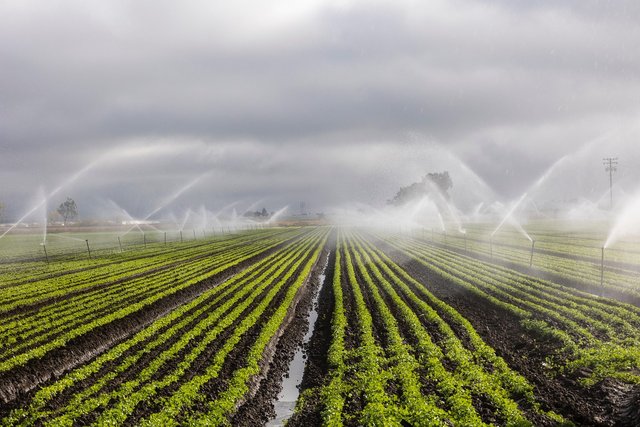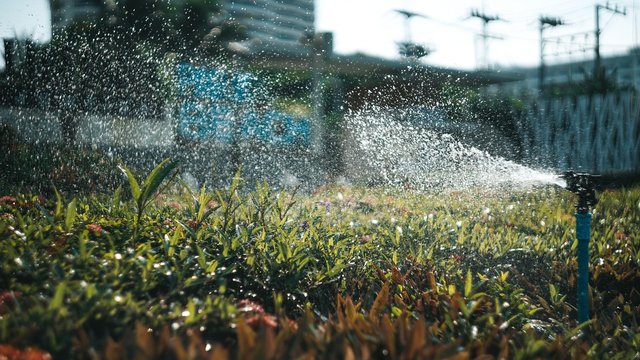Basic Knowledge in Agriculture #50
| The Role of Irrigation in Modern Agriculture |
|---|
When you think about farming today, one thing comes straight to mind. Water. Crops don’t grow without it, no matter how good the soil looks. Rainfall is not always enough, that’s where irrigation steps in. I see it as the quiet backbone of modern farming, always working behind the scenes.
Long ago people dug canals and carried buckets to water their fields. Today we’ve got machines and pipes and fancy systems, but the aim is still the same—keep the crops alive. Modern agriculture cannot survive without irrigation, honestly.
Without water at the right time, there is no harvest, and without harvest, there is no food on the table. Simple as that.
One big role irrigation plays is giving farmers some peace of mind. Rain is never loyal. Sometimes it comes too much, other times it doesn’t show up at all.
That kind of uncertainty can ruin farmers. But when you’ve got irrigation, you know there’s a backup. It gives steady water supply. That’s how farmers plan multiple harvests in one year.
They plant rice, harvest it, then plant maize again, all because they can water their crops when they want.
And let’s be real, irrigation boosts yields like crazy. Plants stressed without water will always look weak. You see them wilting, leaves folding, fruits small and tasteless.
When irrigation is applied, crops flourish, leaves greener, fruits bigger. The farmer sells more and earns more. Food quality goes up too, so markets are happy, buyers are happy, and farmers can keep going.
Another thing is crop diversity. Without irrigation, most farmers stick to basic crops that can survive tough conditions. But irrigation allows farming of sensitive crops—vegetables, fruits, cash crops like cotton or sugarcane.
I’ve seen dry lands turned into lush farms just because of proper irrigation systems. Places where you think nothing could grow, suddenly become productive farmland.
Now, irrigation today has gone way beyond the old methods. It’s not just flooding fields like before. We got drip irrigation, sprinklers, pivot systems.
All these are designed to save water and put it directly where it’s needed—the roots. Some farms even use smart technology, sensors in the ground that read soil moisture.
The system gives water only when needed, no waste. That’s brilliant, but also expensive, so not every farmer can afford it yet.
Of course, there’s a dark side too. Mismanaged irrigation can destroy the environment. Too much water drawn from rivers lowers their level.
Over Pumping groundwater makes the wells dry. Salt can build up in soils when fields are flooded too often, killing the land slowly.
So irrigation has to be done carefully. Farmers must balance between feeding crops and protecting nature.
Economically, irrigation is a lifeline for small farmers. Without it, they’re gambling with the sky. With it, they can produce more crops, sell them in markets, send kids to school, buy better tools.
You notice that regions with strong irrigation systems often have stronger rural economies. People earn better, communities grow stronger.
At the end, irrigation is not some luxury for agriculture anymore. It’s necessary. It changes uncertain rainfall into guaranteed harvests. It makes farming sustainable, allows new crops, brings income, supports whole communities.
Still, with water scarcity and climate change getting worse, farmers have to move toward efficient systems. If we don’t manage irrigation wisely, future generations will pay the price.
So when I look at modern farming, irrigation feels like both a blessing and a challenge. It feeds today, but the way we handle it decides tomorrow.
I'm inviting
@imohmitch, @samuelbrilliant and @axgustine to participate...
Cc,
@hive-118902


https://x.com/Promisezella/status/1973509945715990833